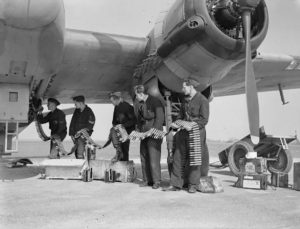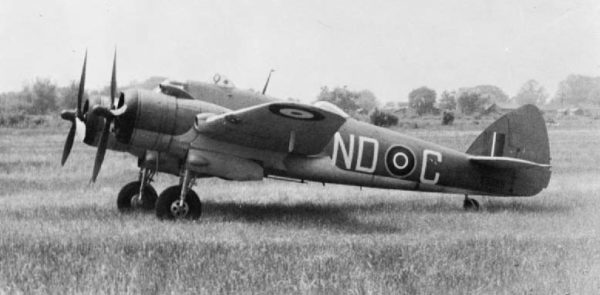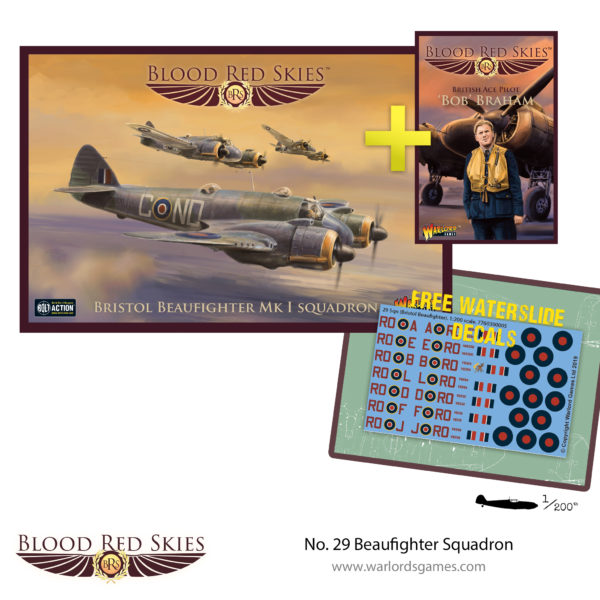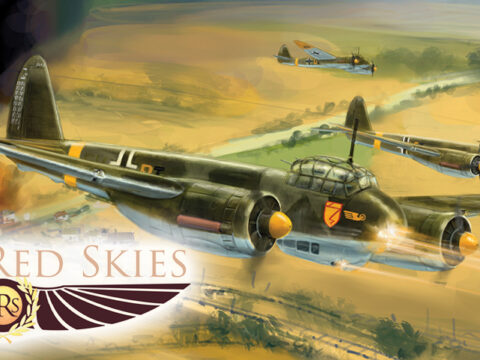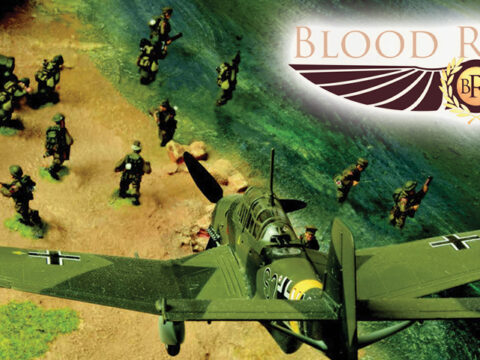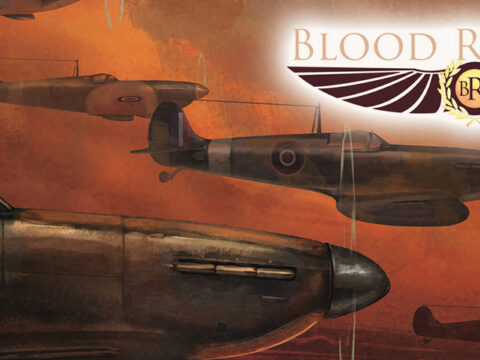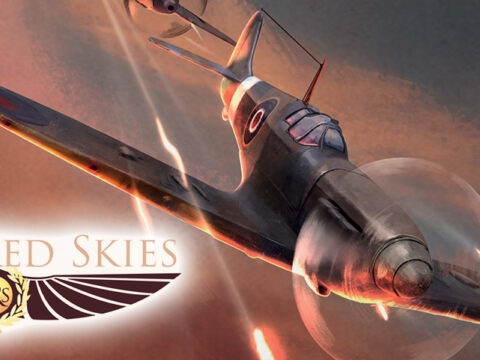A wave of new aircraft joined RAF squadrons last year, including the magnificent night fighter and maritime strike aircraft – the Bristol Beaufighter.
With its armament of four 20mm cannons and six .303 machine guns, delivering 780lbs of ordnance per minute, the Beaufighter was one of the most heavily armed aircraft in the world. Designed by Bristol in 1938 to provide the RAF with a long-range heavy fighter, it saw service in practically every theatre of the war as a multi-role strike aircraft or dedicated night fighter.
In addition to its formidable gun armament, it could carry a small payload of external stores, including bombs, torpedoes and 60lb rockets. The spacious fuselage could easily accommodate the bulky electronics necessary to mount early airborne interception radars. Despite this heavy load, its powerful Hercules or Merlin engines gave it a decent turn of speed.
From mid-1943, Beaufighters managed to sink 29,000 tonnes of shipping in a 10-month period.
RAF Coastal Command received the greatest proportion of aircraft, which it used for long-range maritime patrol and interdiction against shipping. Beaufighter pilots developed anti-shipping tactics, with rocket-armed aircraft diving in to suppress the ship’s anti-aircraft defences with strafing runs, while torpedo-armed aircraft set up their low-level attacks. From mid-1943, Beaufighters managed to sink 29,000 tonnes of shipping in a 10-month period.
Several RAF squadrons operated Beaufighters as night-fighters, using their radar and powerful armament to hunt down German bombers. Working in concert with the Chain Home radar network, the Beaufighters were vectored onto the vulnerable German bombers.
Operation Squabble
In the spring of 1942, RAF Coastal Command and the SOE (Special Operations Executive) devised a propaganda mission to boost the ailing morale of the Free French fighting for the Allies. The plan was to drape a tricolour over the Arc de Triomphe and strafe the Germans who always paraded nearby.
The Coastal Command Beaufighter MkIc took off from Thorney Island on 12 June 1942 with a pair of iron-weighted tricolours under the wings and a full load of ammunition. The pilot, one Flight Lieutenant Alfred Gatward had prepared for the operation by practising his low-level strafing runs on a shipwreck in Portsmouth Harbour.
Following a mostly-uneventful flight over the channel and Normandy, Gatward slashed across the Parisian suburbs at second-story height. The German parade was nowhere to be seen, so Gatward dropped the first flag and riddled the front of the Kriegsmarine’s Parisian headquarters with 20mm cannon shells before heading for home.
He arrived safely back at RAF Northolt later that afternoon, the only damage taken to the Beaufighter caused by a bird entering the starboard engine.
No. 29 Beaufighter Squadron
Featuring FREE decals for perhaps one of the most famous night fighter squadrons in the RAF this set gives you all you need to field a Beaufighter squadron along with the highest scoring ACE on this type… ‘Bob’ Braham!
This set contains:
- 1x Squadron Box of 6x metal Beaufighters
- 1x metal Beaufighter ACE
- Generic RAF Decals Sheet
- Aircraft Cards
- Aircraft Trait cards
- Pilot skill discs
- Advantage Flying bases
- 1x Waterslide Decals Sheet for No. 29 Squadron

